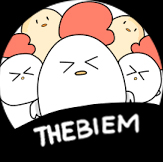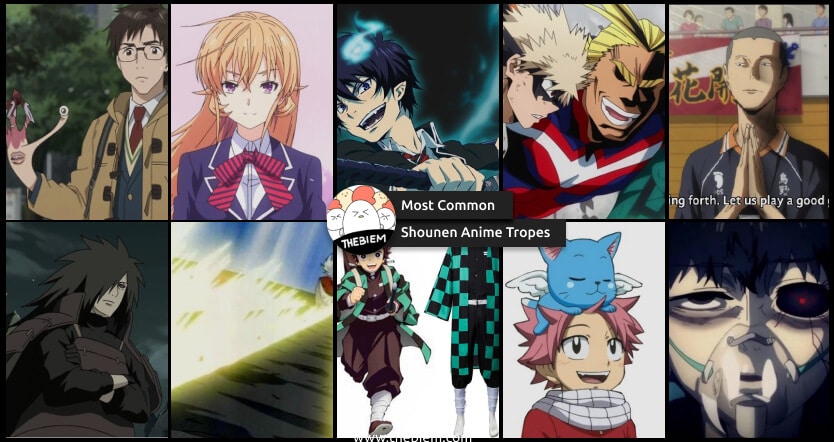Shounen Anime tropes are basically certain stock features that anime/ manga creators have repeatedly employed to create a distinct classification. These hallmark recurring themes or concepts are all credited to how fans worldwide received them in the first place. Several tropes are more important than others, so anime or manga creators can’t do without them anymore.
These tropes aren’t merely identity bearers of the Shounen Anime. We can owe all the fun and wholesome experiences that we earn along the way to these features. They bear the heart and soul of these anime, therefore, have become inseparable from these shows.
Without further adieu, let’s list some of these Shounen Anime tropes loved (or in some cases, not really) by the audience.
See also: Best Anime School Uniforms
Most Common Shounen Anime Tropes
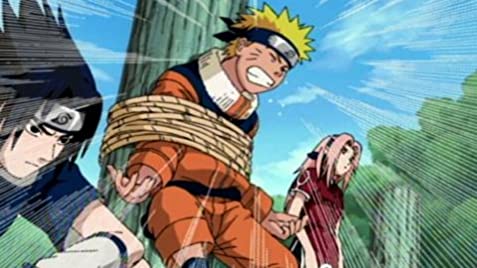
01. The Rise of the Underdog
Most Shounen anime follow the same trajectory wherein the protagonist happens to either be a weakling (compared to other characters on the show) or an outcast of society. Naruto is one of the classic examples that checks off both these characteristics. The initial arcs of the anime showcase how desperately he wanted to earn the Ninja headband. However, he wasn’t one of the strongest candidates for the same. Regardless of that, he pushes his way through, and society finally accepts him despite previously ostracizing him.
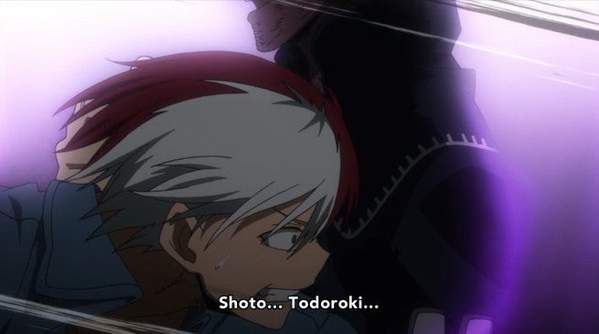
02. Conflicted Relationships between some Characters and their Parents
Another common Shounen Anime trope is to reveal the toxicity of an abusive relationship shared, especially by one of the most significant characters and their parents. The Todoroki family pops into one’s mind instantly. Brace yourself if you still haven’t watched the show or read the manga. Shoto Todoroki is probably even more famous than Midoriya, the actual protagonist of the anime. The relationship dynamic between him and his father was made clear in the earlier stages itself. This revelation details out why he fears using one-half of his powers. The abuse is so profound that it seeps deep and induces an identity crisis in such a young boy.
That’s not the end to it, though. Further ahead, Dabi, a character who’s introduced merely as an anti-hero figure, is actually Shoto’s sibling. Yet another young character is seen living with his scars. In Shoto’s case, his faults are visible outwardly as well, but Dabi, or should I say, Toya’s injuries are much more mentally scarring.
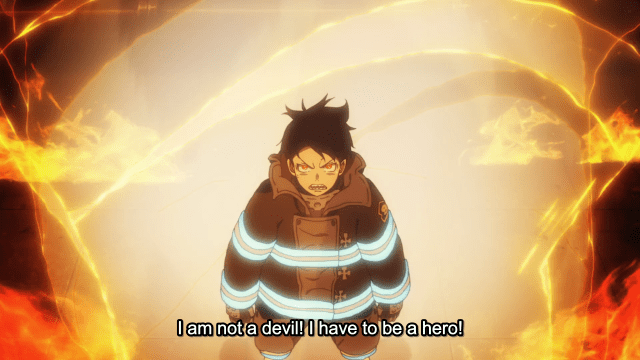
03. Protagonists lacking Multi-dimensionality
Also mentioned in the first trope, the protagonists always find a way to reach the top. This Shounen Anime trope goes beyond and proves that protagonists often lead a very linear development. Not just in terms of their movement but also how they think and how the character design happens. These characters generally lack a depth of perception. To them, life is all about working hard to attain the badge of Honour, which isn’t exactly a bad thing. However, their perpetual obsession with needing to “be the Hero” makes them very flat in terms of characterization. Light Yagami from Death Note comes to the rescue as an exception.
He’s one of the very few protagonists who becomes a great subject to study psychologically. Most protagonists have their willpower driving them to achieve goodness in life, and Light starts off that way as well. Yet, soon his Pride takes the wheel, and it turns the entire anime around. Looking closely, we realize that Death Note didn’t have any “Hero” per se. Even L’s position as a heroic personality is open to investigation.
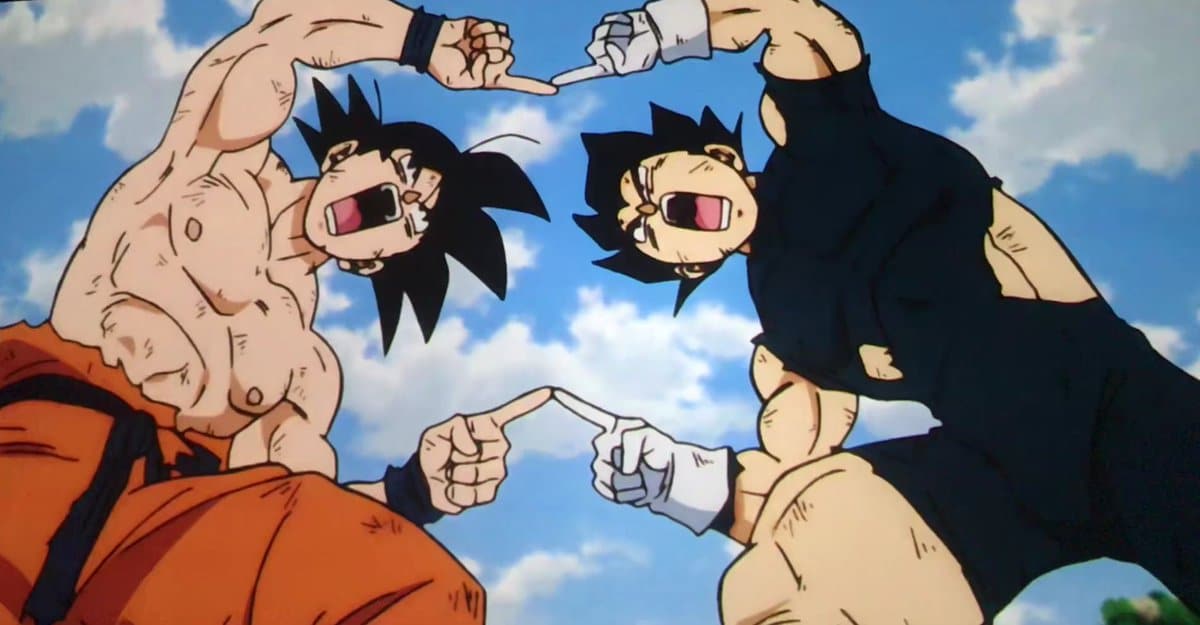
04. Rivalry brewing between two main characters
Any Shounen anime is incomplete without a “frenemy” situation tying two completely different characters together. The synergy that comes up when two characters with contrasting nature/beliefs collide headfirst is unlike any other force we ever witness. The audiences love such countless duos sharing this kind of a connection. Thereafter, the two become almost inseparable. They rely on each other for their growth in a positive direction.
These characters aren’t even close to being weak links individually. They are very much self-driven. It’s just that their dynamic with each other takes us (and them) on a rollercoaster ride of emotions. Whether it is Kageyama-Hinata, Midoriya-Bakugou, Light-L, Goku-Vegeta, or Gon-Killua, each duos’ counterparts are poles apart from the other. Yet, they connect through at least one thing they discover to share in common. Seeing them work out their differences is a wholesome sight. Even if they don’t become friends, in some cases, they eventually learn to acknowledge the other as an equally strong contender and a worthy opponent. So it turns into a healthy competition.
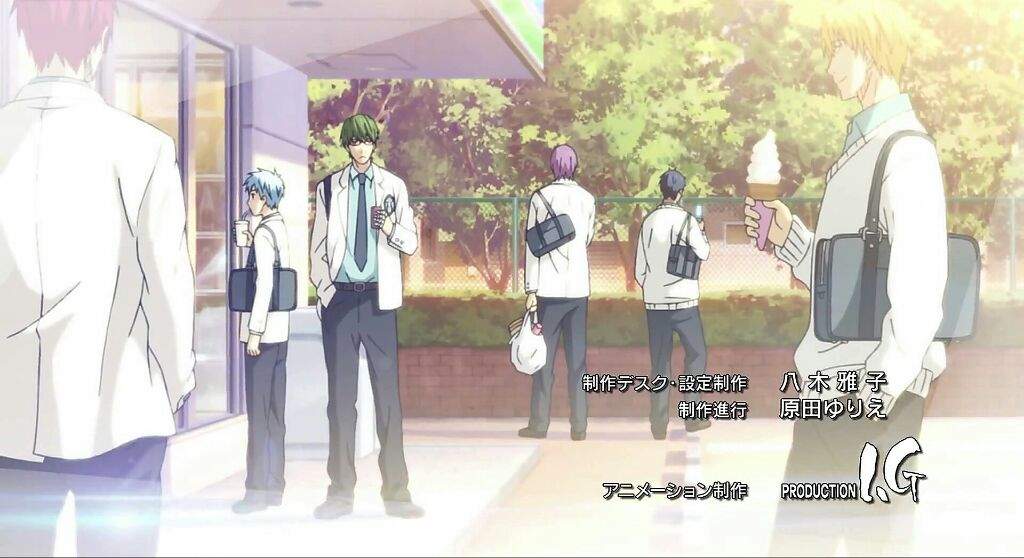
05. Recurring Flashbacks
There is no way an anime can proceed without referring to the past. Flashbacks are that Shounen anime trope, which helps the audience make cross-connections and clear up the confusion. Through this method, the creators of a story can delve deeper into characters other than the protagonists and reveal lesser-known facts. For example, sports anime often use flashbacks to help us understand other participating teams in a match. This technique makes watching anime an enriching experience.
Kuroko no Basket drives a strong argument about the six members of Generation of Miracles and Kagami. Nevertheless, Izuki, Hyuga, and Riko stand just as tall or even on the same pedestal as the protagonists. Flashbacks reveal the trio’s friendship and how they came together as a basketball team, thereby making it hard for us not to fall in love with them.
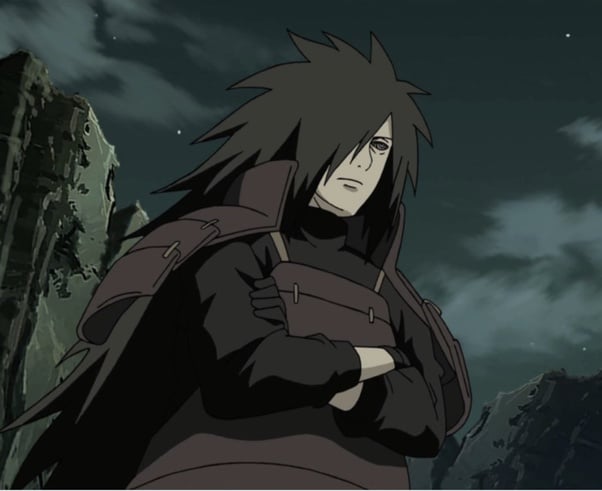
06. Villains having a Complex Backstory
This Shounen anime trope adds flavor and depth to a story. Villains (or anti-heroes in some cases) have much more complicated and grey backstories. They are characters with complex personalities in comparison to the hero. Maybe, with the reverse of fates in an alternate universe, they could’ve even been the hero. Most villains even act as unfavorable alter egos of the protagonist.
A lot goes into the making of a villain. Pulling a single thread in their story could land them in a different setting. Nobody had conceived Light to turn into a psychopathic murderer when he first started using the Death Note to eradicate crime from society. On the other hand, Shigarika could’ve been one of the strongest heroes in My Hero Academia. As a child, he wasn’t much different from Midoriya. That lost, and the lonely kid could’ve had something else to live for if proper advice was given to him at the right time.
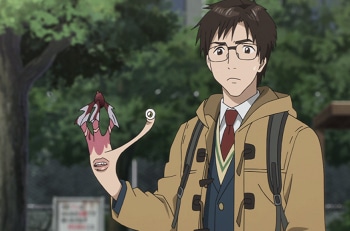
07. The Hero will always rise up to the occasion (no matter what)
Regardless of all the inefficiencies, in the face of immense danger, our heroes seem to somehow tap into the ultimate extent of their strength. By not giving in to fatigue and giving it the upper hand in such a situation, they keep getting back up continuously. No amount of attacks stop them. These heroes don’t even think once about giving up. Hence, this Shounen anime trope very nicely displays the characters’ moral strength more than their physical powers, although their physical abilities eventually show up.
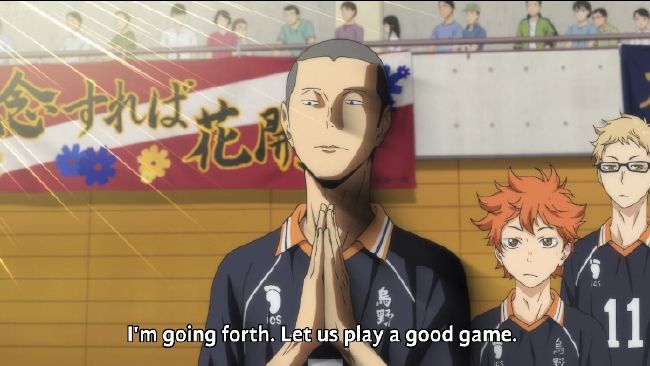
08. Characters diving into lofty Monologues or Inspirational Speeches
What’s the one thing shared by Shakespeare’s characters and anime characters? Of course, it’s their habit of diving into majestic out-of-breath monologues! Some of these may be a bit far-fetched, but honestly, the others are pretty good and even quite inspiring at times.
Sports anime give birth to the best kind of inspirational speeches. Not going to lie; some of these have even moved us to the point of tearing up. It even becomes a good technique of slowing down things for the sake of emphasis (but also a bit funny since the ball seems to be stuck at the same position for a really long time). It also helps reveal the character’s psyche.
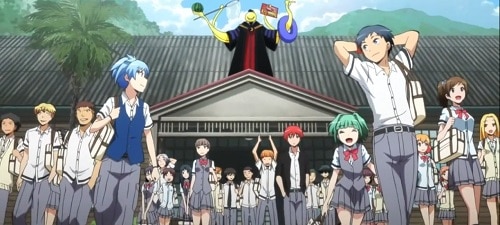
09. The ever-present High School Scenario
Shounen anime is primarily action-driven, but they also carry the slice of life context with them. The most common way of reinforcing the Coming of Age theme is by placing the characters within a High School setting. Keeping in touch with several elements associated with the young-adult phase, this works as an ideal space that eventually impacts their psychological make-up. Falling in love, facing hardships, and learning to deal with all the ups and downs of life as one approaches adulthood; certainly sums up High School life well.
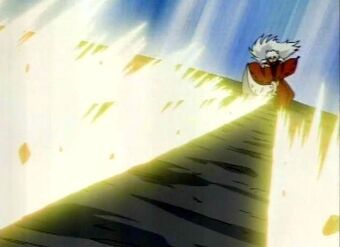
10. Announcing one’s Power or Choice of Attack
So much for a surprise attack or catching someone off guard when you’re literally screaming out your strategy to the opponent…
Yet, the addition of this Shounen anime trope is undebatable. Even if it might take a few minutes and pause an ongoing battle, Naruto’s hand choreography and the signature attack call-outs in Dragon Ball Z, Pokemon, Digimon, etc. are a MUST! Anyway, what’s impressive about engaging in a fight with your mouth shut? As unrealistic as it might seem, a similar but altered version of calling out one’s attacks can also be seen in real life martial arts. If called out with enough vigor, this can work well to intimidate one’s opponent while encouraging the one initiating the attack to focus more. This convention can also be attributed to one’s Samurai lineage.
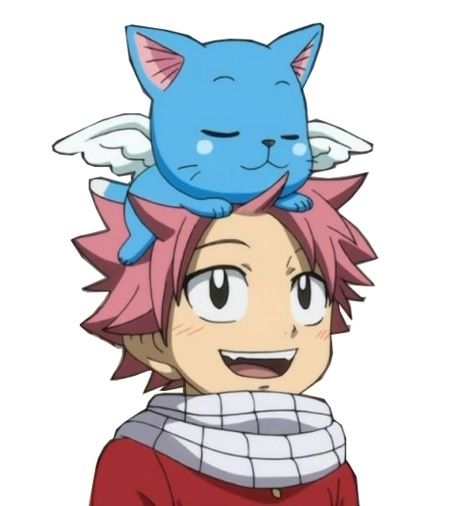
11. Forging Unlikely Friendships
Since most Shounen anime are taking place within the setting of a High School, establishing friendship ties becomes a given. Even otherwise, we find endless tales of friendship grabbing the audience’s interest as part of the plot. These friendships don’t necessarily have to be between two human beings either.
Ash and Pikachu’s friendship is one of a kind and defies all kinds of conventions. Similarly, in Fairy Tail, Natsu and Happy find solace in each other’s company. Both these instances of friendship destabilize power structures, especially since neither of them labels either of the counterparts as an owner and the other as a pet. They snatch so many hearts because they define friendship in the purest sense of its meaning.
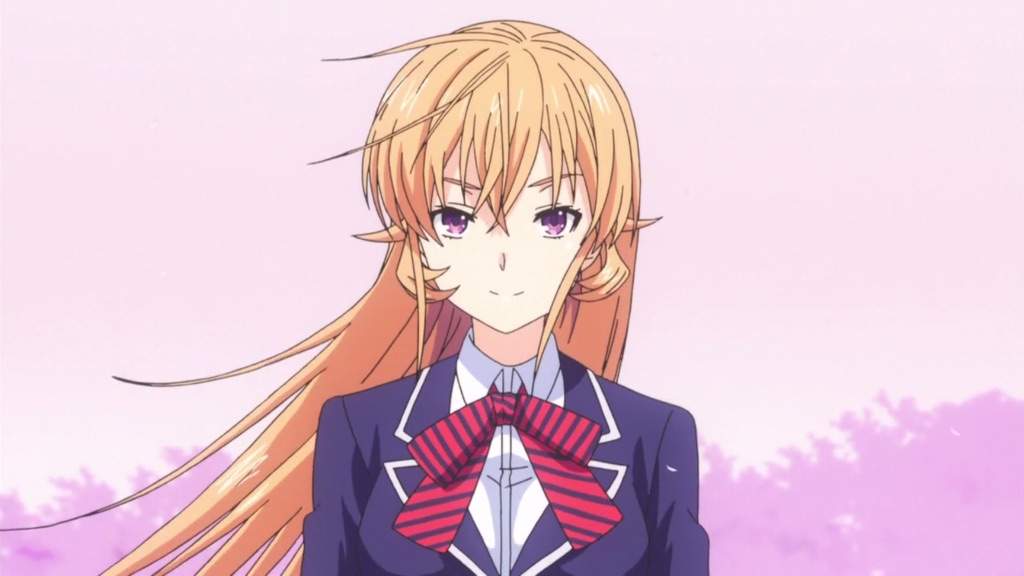
12. “Dere” types drawing extra attention
Several Dere types reign within the anime-verse and reflect different personality archetypes. Some of them are more commonly noticeable than others. We have a feeling that the first one to pop in your mind might be “tsundere,” In simple words, they are cold on the outside and soft on the inside. These personality types add to the mysterious element, thereby attracting a lot of attention.
A few of the most famous tsundere characters are Levi from Attack on Titan and Erina Nakiri from Food Wars. While Levi exudes a cold vibe owing to his high rank, he always prioritizes his squad’s safety. On the other hand, Erina might come off as an unfeeling person. However, that is not the case. She is actually a happy go lucky character, but the way her father used to treat her has left quite a traumatic impact on her and, in turn, hardened her.
The portrayal of other Dere types like Yandere (those who exhibit violent and problematic behavior in the name of love) or Dandere (basically introverted people) and many more is also a regular feature in anime.
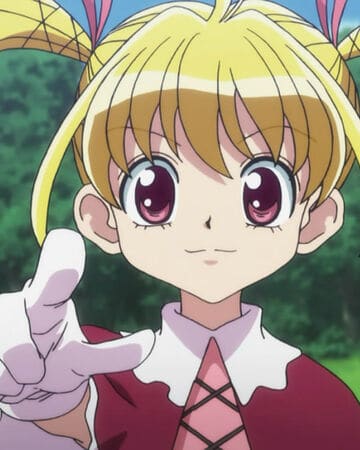
13. Sidelined Women Characters
“Shounen” refers to the demographic targeted by an anime, and its primary audience is young boys. However, that is no reason for these anime to push aside the women characters. One of the very common Shounen anime tropes is when female characters who bear the equal brunt are still seen as a stepping stone for developing the male characters. In some cases, they are even reduced to the mere status of love interests. This trope needs to be done away with for good. Manga/ Anime creators heavily sexualize female characters, which further perpetuates that they don’t serve any other role. This fixes their image in a particular light in the eyes of the audience.
Nowadays, many anime are trying to break this mold. However, classic anime watchers are still found holding on to the same regressive way of thinking.

14. The Omnipresence of a Fatherly Figure or a Role Model
Although some biological parents share a dysfunctional relationship with their children, some other parental figures emerge as significant influencers.
While Shoto Todoroki struggles to strike a peaceful dynamic with his father, Izuku Midoriya grows closer to All Might. He doesn’t simply train Midoriya to become a worthy wielder and inheritor of his powers, and he acts as the father Midoriya never had. Right off the bat, we are acquainted with Midoriya’s respect for All Might. However, initially, this was only from a distance, and Midoriya didn’t personally know All Might. Both of them rely on each other like a father-son duo. While All Might teaches him about the ways of life and how to become the hero he’d always imagined to be, Midoriya becomes All Might’s soft corner. Moreover, he isn’t solely Midoriya’s rock. Bakugo idolizes him just as much as Midoriya and looks up to him for guidance.
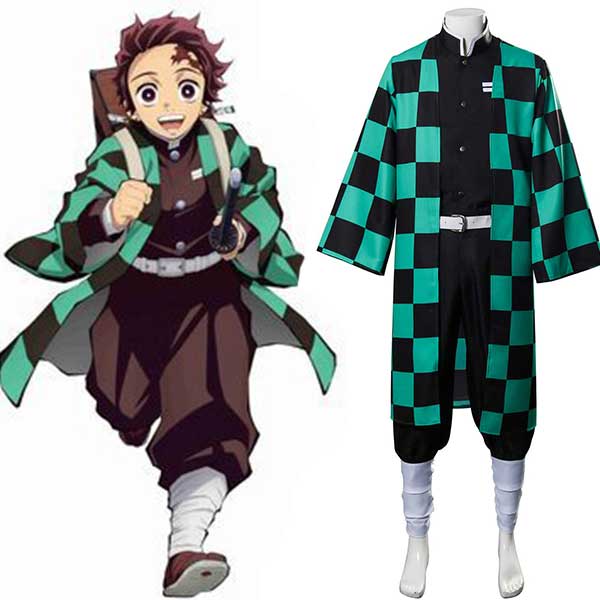
15. Outfits are Identity bearers
This Shounen anime trope pertains to how outfits make a fashion statement within the anime world while also becoming physical markers and a means of representing one’s identity. An extension of this can be seen in how most anime characters are also found sporting unique hairdos and hair colors. One can easily spot how it’s usually the main characters whose personas are created in such an out of the ordinary fashion. We can safely assume that the creators actively undertake this task to make the main characters stand out in the crowd.
Tokyo Ghoul adds a twist to this trope by constantly changing Kaneki’s hair color. Being the protagonist, he appears to be the most different among the rest. Additionally, the different hair color stages reflect how his psychology and personality are undergoing significant changes. This Symbolism translates his inner turmoil and strife outwardly through the visible change in his hair color.
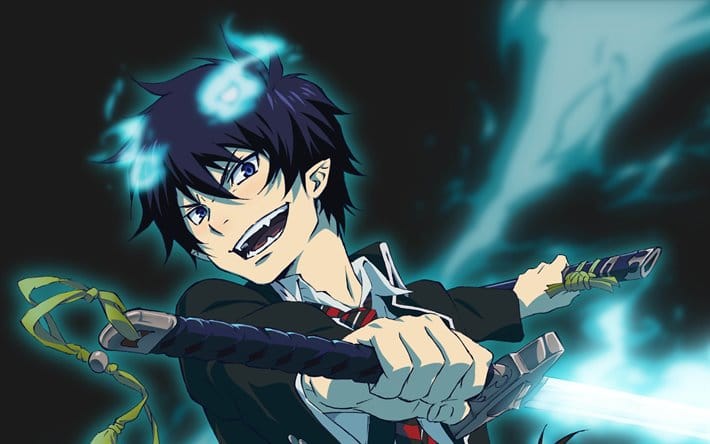
16. Prophecies or Pre-destined Paths Decide a Protagonist’s Fate
Shounen anime characters are always portrayed as individuals with control over their own agency. However, this comes to bite them back as their lives are already pre-designed by a higher power. This leaves them with two choices- they can either choose the path laid out for them or go their own way.
Rin Okumura from Blue Exorcist or Ao no Exorcist discovers that he’s the son of the Demon Lord Satan. He can choose to terrorize the world alongside his father using his inherited supernatural abilities. However, he enacts his agency by going the opposite way and becoming an Exorcist to defend the lives of those in danger. Setting a good example, he’s one of those successful characters who don’t simply bow down to constricting prophecies and carve their own destiny.
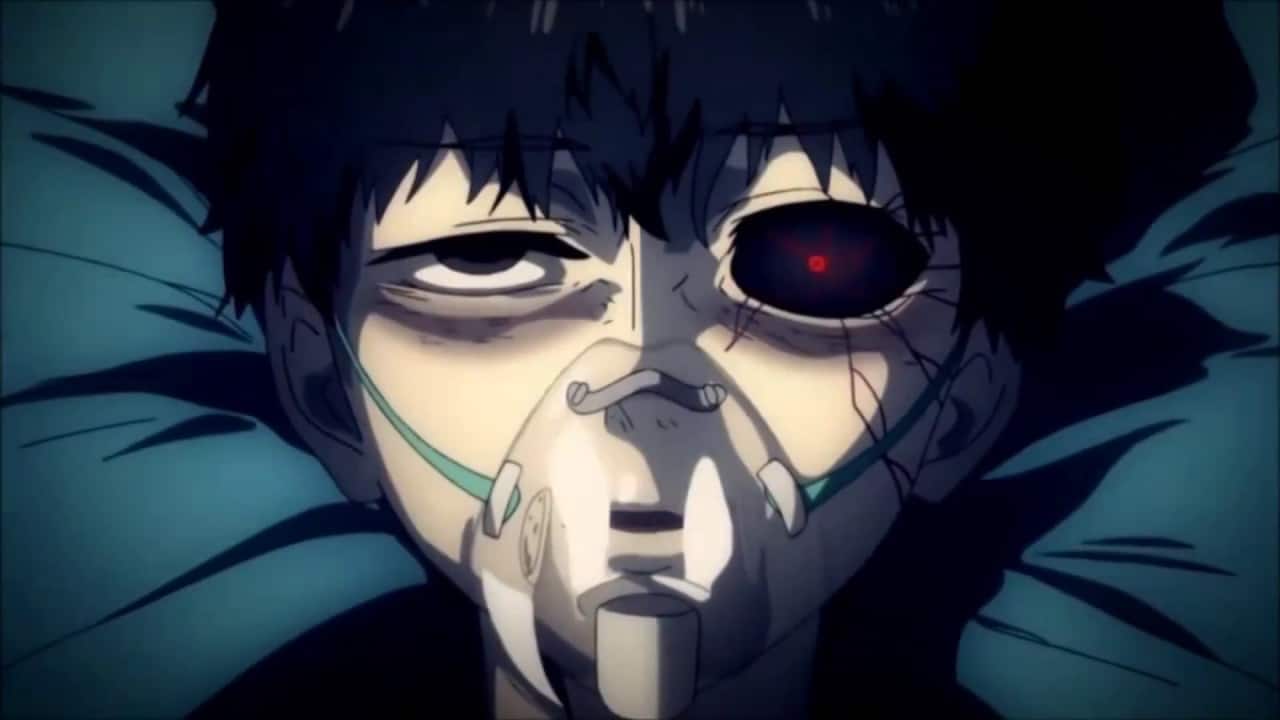
17. Character Development follows a measured trajectory
An extension of what was discussed earlier, this Shounen Anime trope showcases that protagonists are created so that they generally lack something in the initial stages. Whether it be motivation from an external source or any other factor, something needs to either inspire them or forcefully push them into it. It all seems to be meticulously planned out that their full potential will be realized only after a period of time and not before that. So, only after following and finishing a maze full of tasks and hindrances can they finally unlock their final version of themselves, who wins every fight as if it were a piece of cake. And so, it becomes the starting point of their career of being the strongest rendition of themselves.
Any More?
And so, we’ve finally reached the end of the list of Shounen Anime tropes that define the making of these stories.
We would love to know if there’s a particular trope that appealed to you more than others or even if there’s some that you find to be redundant. Persistently utilizing the same predictable arcs can be a handful, especially since the writers have to tweak them to present them as something unique. However, sometimes that doesn’t work well for them, and these motifs end up being displayed as something cliche.
A lot more needs to be discussed, but it isn’t feasible to list everything down. We hope you liked our take on these Shounen Anime tropes. Feel free to leave your suggestions because we love your inputs. Thank you for staying with us till the end!
